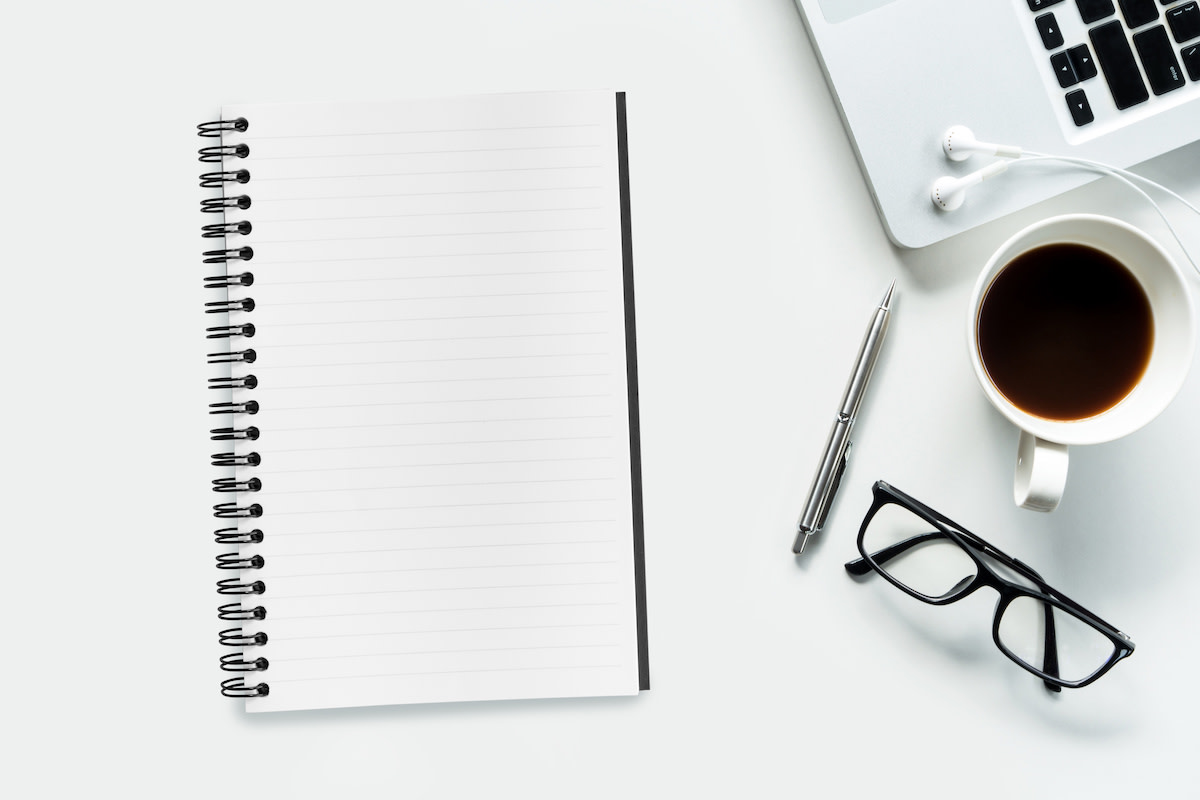How to Write Effective Exposition: Tips and Examples
Written by MasterClass
Last updated: Sep 7, 2021 • 2 min read
From the famous opening crawl of Star Wars (“A long time ago, in a galaxy far, far away…”) to the saga of the Montagues and Capulets from William Shakespeare’s Romeo and Juliet, good exposition provides essential background information about the main characters and events in a story.
Exposition also provides stakes and emotional context for the beginning of the story, supporting the rising action, the falling action, and the eventual denouement. Backstory in literature can be conveyed through dialogue, characters’ thoughts or point of view, narration, flashbacks, description of the setting, or various pieces of in-universe media (such as newspaper headlines, journals, or letters).
Learn From the Best
4 Tips for Writing Exposition
Writing exposition isn’t as simple as typing “once upon a time” at the beginning of the story and packing expository information on each subsequent page. Whether you’re a screenwriter, novelist, or short story writer, writing good exposition requires deft skill and narrative motivation. If the exposition feels clunky, forced, or overexplained, your reader will likely be bored—you’ve likely heard the motto “show, don’t tell.” Here are some tips to keep in mind when writing exposition, as well as some examples of exposition done right:
- 1. Begin with intriguing details. The opening lines of a story are often a great opportunity to introduce details about your character’s backstory, point of view, or the world in which your story is set. Oftentimes the expository information can double as a hook for your reader, giving them morsels of set-up and backstory to compel them to read further.
- 2. Break up long stretches of exposition with dialogue. It’s best to maintain a balance between dialogue and exposition, and sometimes the best way to convey information is by sandwiching it between snippets of dialogue. Try breaking up long passages of expository writing with short dialogue—even a sentence or two can be refreshing. Learn how to write great dialogue in our complete guide here.
- 3. Build tension through dramatic contrast. If you’re writing a science fiction adventure or an epic romance set against the violent carnage of the Civil War, sometimes the most striking way to set your scene is through juxtaposition of the ordinary and the mundane. This allows the uncanny or striking elements of your narrative to slowly creep into the reader’s awareness.
- 4. Leave unanswered questions. Sometimes the best exposition providing knowns and unknowns in equal measure, leaving the reader wanting more. This is particularly important in thrillers and mysteries, where the goal is to keep the tension high.
6 Examples of Works of Literature with Excellent Exposition
- 1. Moby Dick by Herman Melville
- 2. A Tale of Two Cities by Charles Dickens
- 3. Jane Eyre by Charlotte Brontë
- 4. The Brothers Karamazov by Fyodor Dostoyevsky
- 5. Murder on the Orient Express by Agatha Christie
- 6. Beloved by Toni Morrison
Want to Learn More About Writing?
Become a better writer with the MasterClass Annual Membership. Gain access to exclusive video lessons taught by literary masters, including Dan Brown, Margaret Atwood, Joyce Carol Oates, Malcolm Gladwell, and more.
